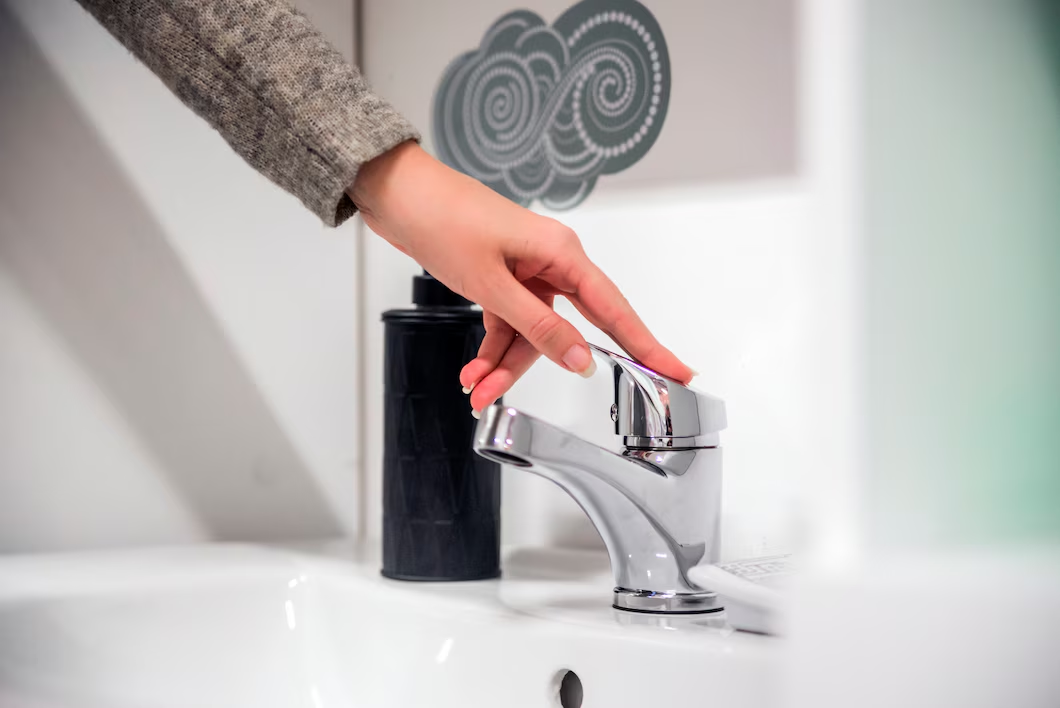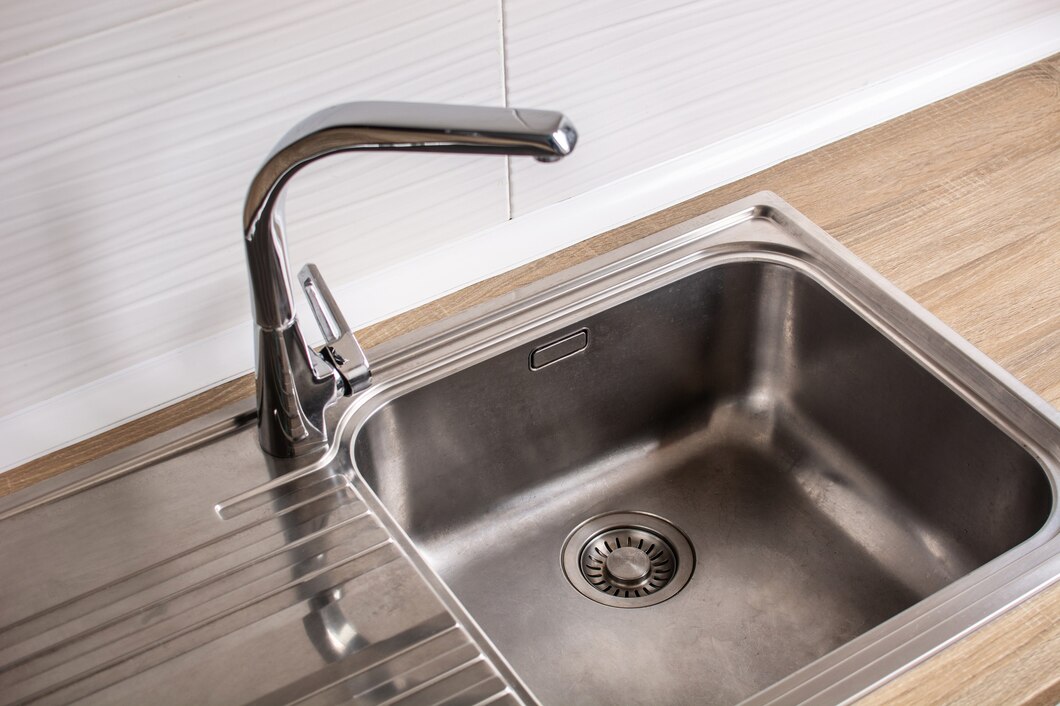Tapware is an essential element in every home, offering functionality and style. With advancements in technology and design, the materials used in tapware have diversified significantly. Understanding the various materials can help homeowners make informed decisions, ensuring that their tapware not only complements their aesthetic but also meets their practical needs. This article delves into the types of materials commonly found in tapware, examining their advantages and disadvantages to provide clarity for those looking to upgrade their tapware.
Stainless Steel: Durability and Functionality
Stainless steel is a favorite choice among homeowners and designers alike due to its remarkable durability and aesthetic appeal. Resistant to rust and corrosion, stainless steel taps can handle the daily wear and tear of a busy household and maintain their shine for years. This resilient material is also easy to clean, making it a practical option. However, some users may find stainless steel tapware can feel cold to the touch, which might not be ideal in every setting. Moreover, the initial cost of stainless steel tapware can be higher than that of other materials. The price often reflects the longevity and resistance to staining. While stainless steel taps can last a lifetime, it’s essential to consider installation costs and compatibility with existing plumbing fixtures. Thus, investing in stainless steel can be a prudent choice for homeowners seeking long-term solutions.
Brass: The Classic Option
Brass is another popular material used in tapware, especially for traditional homes. For homeowners who want to upgrade to premium tapware, the classic appeal of brass adds timeless elegance to any bathroom or kitchen. Made from copper and zinc, brass is not only sturdy, but it also develops an antique patina, enhancing its charm over time. One significant advantage of brass tapware is its resistance to corrosion and tarnishing, which ensures that these fixtures can withstand the test of time. However, brass tapware may require regular polishing to maintain its luster, a trade-off some homeowners may find burdensome. Another consideration is that brass can be more expensive than materials like plastic, but many view its durability and luxurious appearance as justifying the cost.
Chrome: A Popular Surface Finish
Chrome plating is extensively used to coat tapware, offering a glossy finish that suits a modern aesthetic. While chrome itself is not the main material of the tap, it is often applied over brass or stainless steel. Chrome finishes are known for their reflective surface, making them a popular choice for contemporary interiors. The surface is resistant to rust and can be easily cleaned, making it functional for daily use. One downside, however, is that chrome surfaces can show fingerprints and water spots, requiring more frequent cleaning to maintain their appearance. Homeowners should weigh the maintenance involved against the sleek look chrome provides to determine if it’s a suitable option for their home.
Plastic: Affordable and Lightweight
Plastic tapware is often chosen for its affordability and lightweight nature. Many homeowners appreciate its budget-friendly pricing, making it accessible for various renovation projects. However, while plastic taps can be appealing for temporary solutions or less demanding environments, they may not provide the durability found in metal fixtures. Plastic’s lightweight quality can be an advantage during installation, as it’s easier to handle. Unfortunately, they are susceptible to wear over time, leading to potential leaks or cracks. Many consumers find that while plastic may serve well in lower-traffic areas or as a short-term solution, investing in more durable materials for high-use areas is advisable.
Glass: A Versatile and Elegant Alternative
Glass tapware, while less common, provides a unique option for homeowners looking to make a statement. This material can enhance the visual appeal of a space, particularly when combined with other elegant features in a bathroom or kitchen. Glass taps often come in various colors and designs, allowing for greater personalization. Despite their striking appearance, glass taps do require cautious handling. They are more vulnerable to breakage compared to their metal or plastic counterparts, making them less suitable for households with children or high-activity areas. Additionally, potential weight issues during installation may arise; thus, careful consideration of the overall design and placement is critical.
Choosing the right tapware for your home involves assessing the materials available, each presenting its own distinct advantages and disadvantages. From the robustness of stainless steel to the classic charm of brass, and the shiny appeal of chrome to the modern elegance of glass, each type warrants consideration based on aesthetic preferences, budget constraints, and functional needs. Understanding these elements plays a crucial role in making an informed decision on tapware, guiding homeowners toward selecting fixtures that not only upgrade their space but also meet their lifestyle demands.






























